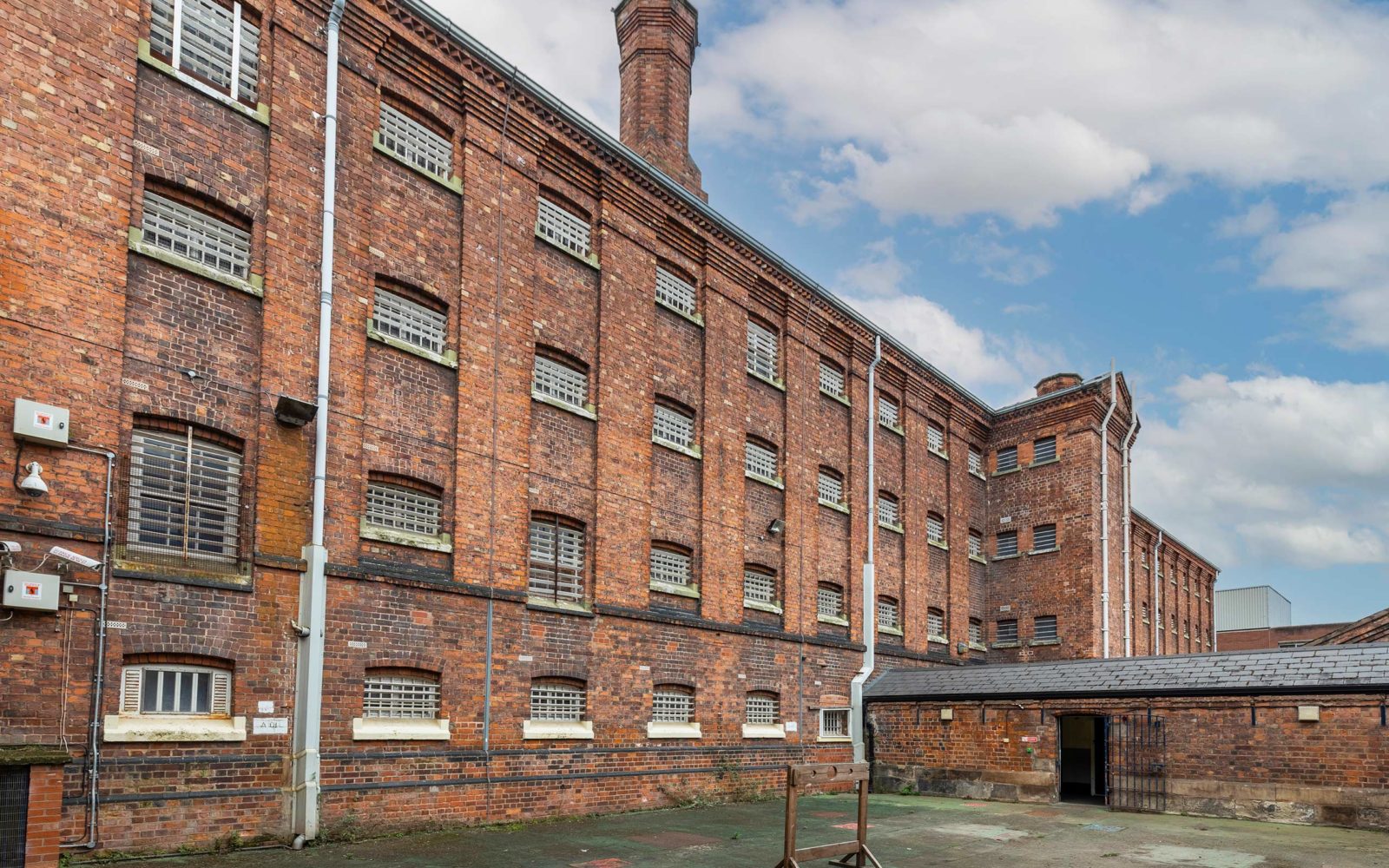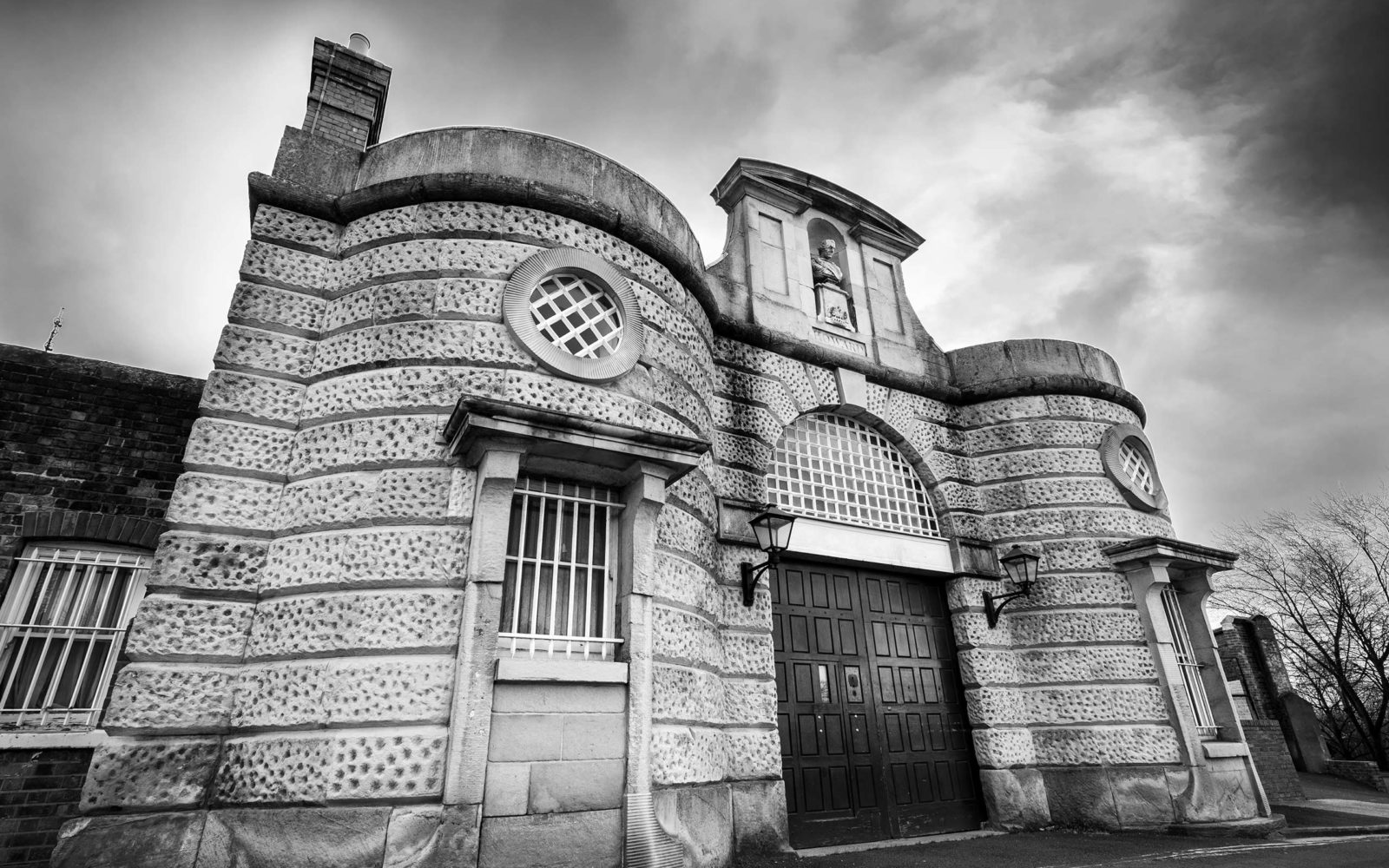Shrewsbury Prison, also known as The Dana, was completed in 1793 and named after Rev Edmund Dana. The original building was constructed by Thomas Telford, following plans by Shrewsbury Architect, John Hiram Haycock.

William Blackburn, an architect who designed many prisons, also played a part in drawing up the plans for a new prison. It was Blackburn who chose the site on which the prison is built. Blackburn was influenced by the ideas of John Howard.
Howard, a renowned Prison Reformer, had suggested various ways in which the sanitary conditions of English prisons could improve. These measures formed part of the 1774 Gaol Act. Howard visited Shrewsbury in 1788 to inspect the plans for the new prison. He disliked some aspects of the designs, such as the size of the interior courts.
Consequently, redesigns were undertaken by Thomas Telford who had been given the position of Clerk of Works at the new prison the previous year. Shrewsbury Prison was finished in 1793 with a bust of John Howard sitting proudly above the gate lodge. He gives his name to Howard Street where the prison is located.

For many years, Shrewsbury Prison was a place of execution, which in older times was carried out in public and drew huge crowds in an unwholesome festive atmosphere. People used to turn up early to make sure they got a good place and posters were produced as souvenirs.
Shrewsbury’s last public hanging was on April 9th 1868 when 35-year-old John Mapp was executed for the murder of a 9-year-old girl, just one month before the end of public executions in England.
From 1902-1961, there were eight executions at Shrewsbury Prison. On the 9th February 1961, 21-year-old George Riley was executed by hanging for the murder of a 62-year-old woman. This would be the last execution to take place at Shrewsbury Prison before this form of capital punishment was abolished in 1969.
During redevelopment in 1972, the remains of ten prisoners executed at Shrewsbury Prison were dug up. Nine of those prisoners were unrecognisable and were subsequently cremated. The remaining prisoner was identified as George Riley, where his remains were handed over to his relatives.